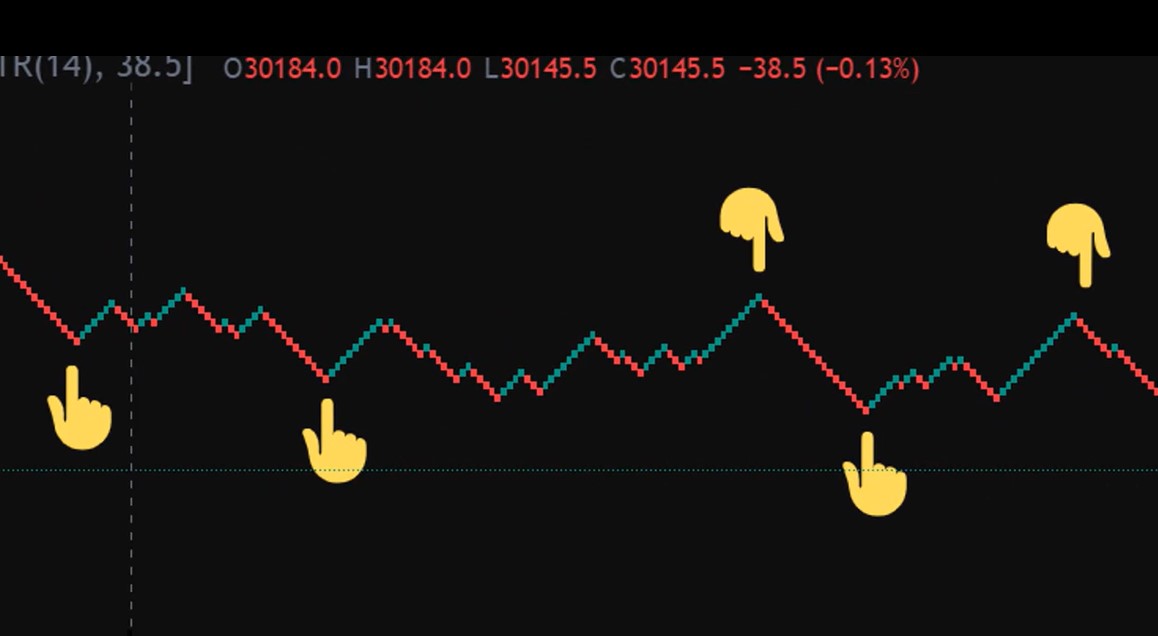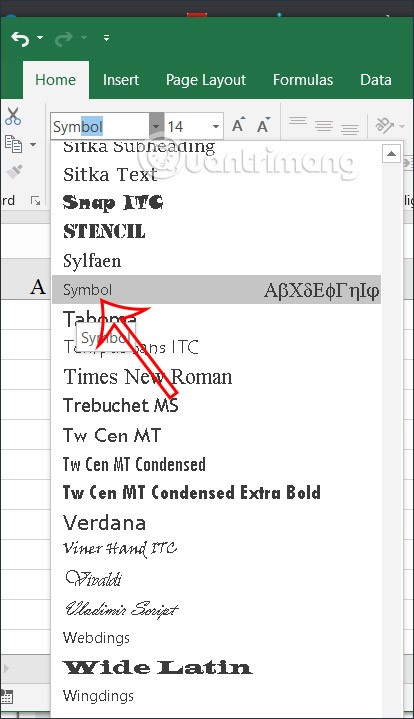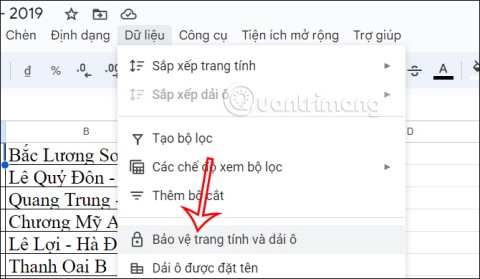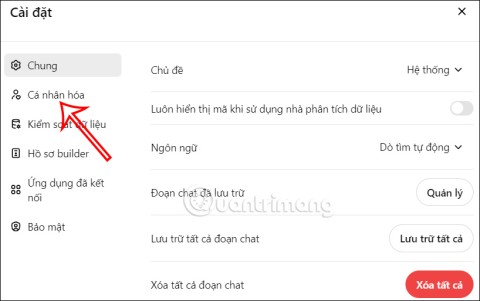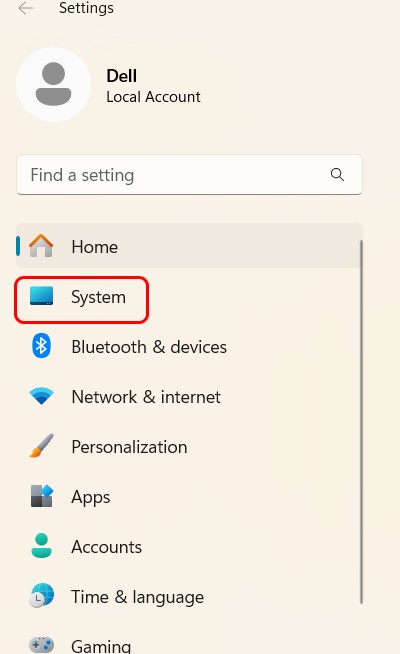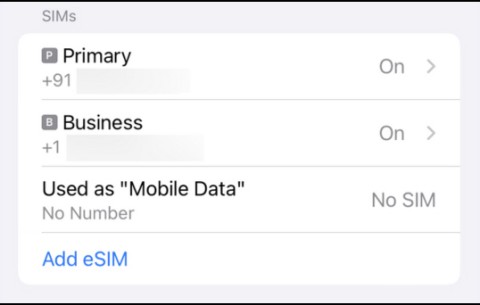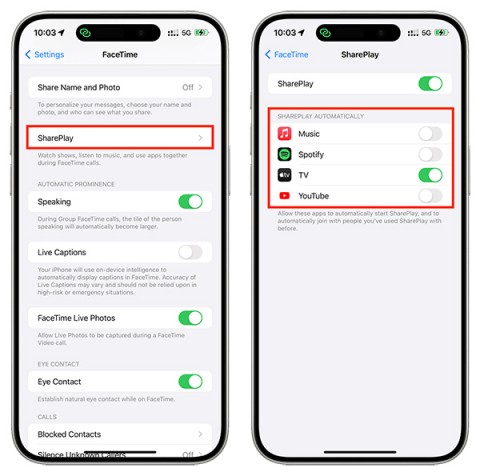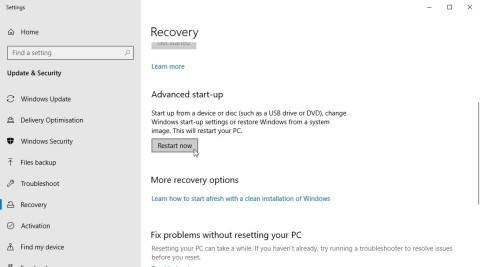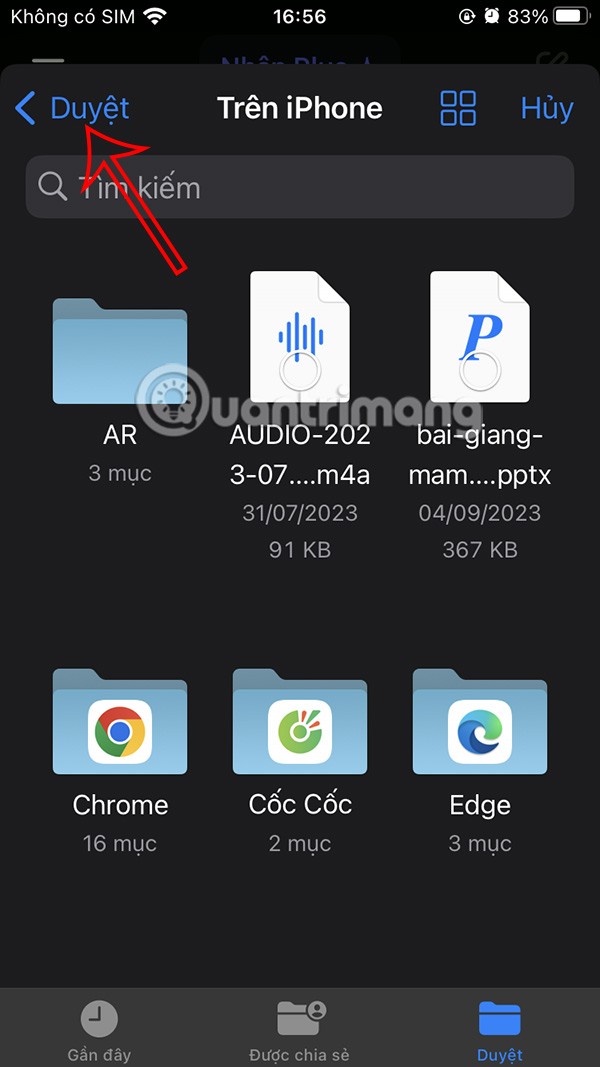Our education system is actively innovating in terms of teaching and developing students' abilities. Many old teachers' habits need to be broken, but we keep repeating them as soon as we prepare lesson plans. In this article, let's join Assoc. Dr. Nguyen Huu Hop considers and discusses what is important in teaching and developing students' capacity, which habits should be abandoned, and what should be kept.
Share
A person going to work by motorbike arrives at the office 10 minutes before the specified time. That is the result. This result does not reflect whether this person is capable of driving a motorbike or not. Who knows, on the way, he/she runs a red light, goes in the wrong lane, goes over the speed limit… That's the process of driving a car. If he violates these rules, he/she is not yet capable of driving a vehicle.
Thus, the results do not reflect the capacity in teaching and developing competence
For competence, the process is more important than the result. Because the right process leads to the right result, and the right result is not necessarily due to the right process.
In teaching to develop student capacity (students), it is important how students find and develop knowledge and skills (results). Therefore, teachers must organize appropriate activities for students to think, experience and solve problems without being provided with boring, low-fat "instant food".
@When designing a competency development lesson, teachers first need to define competency objectives (including process and results). As long as knowledge and skills are determined (just results), they will return to the old fisherman's "old pig trough", and the goldfish will not help.
For example:
Distinguishing the traditional lesson objective and the capacity development training program with knowledge content is how to calculate the area of a triangle.
1) Traditional mathematical equation: Students can state how to calculate the area of a triangle.
2) Modeling skills development: Students can compare the areas of triangles and rectangles and then generalize the results into how to calculate the area of triangles.
Compare 2 MTBH above:
1) Same: Both have 2 factors: HS and result (knowledge of how to calculate the area of a triangle).
2) Different: The capacity development insurance program also has a PROCESS element (compare and generalize).
How does the above MT affect the way of teaching?
To help students have knowledge, teachers can use methods such as: explanation, presentation, explanation - illustration combined with visual presentation... This way is only knowledge, it is difficult to help students develop capacity. .

In order to help students achieve their ability, teachers organize them to work in pairs with exercises 1, 2, 3 comparing the areas of triangles and rectangles (students are provided with cards and other tools). ruler, scissors, pencil). From there, students generalize the results (area of a triangle is half the area of a rectangle) into a way to calculate the area of a triangle (with exercises 4, 5).
Thereby, students contribute to the development of different competencies such as: self-study, communication, cooperation, problem solving, mathematics...
@To teach like this, teachers must be good at math and well versed in capacity development. It's hard!
For more reference: Sample questions according to students' cognitive level

